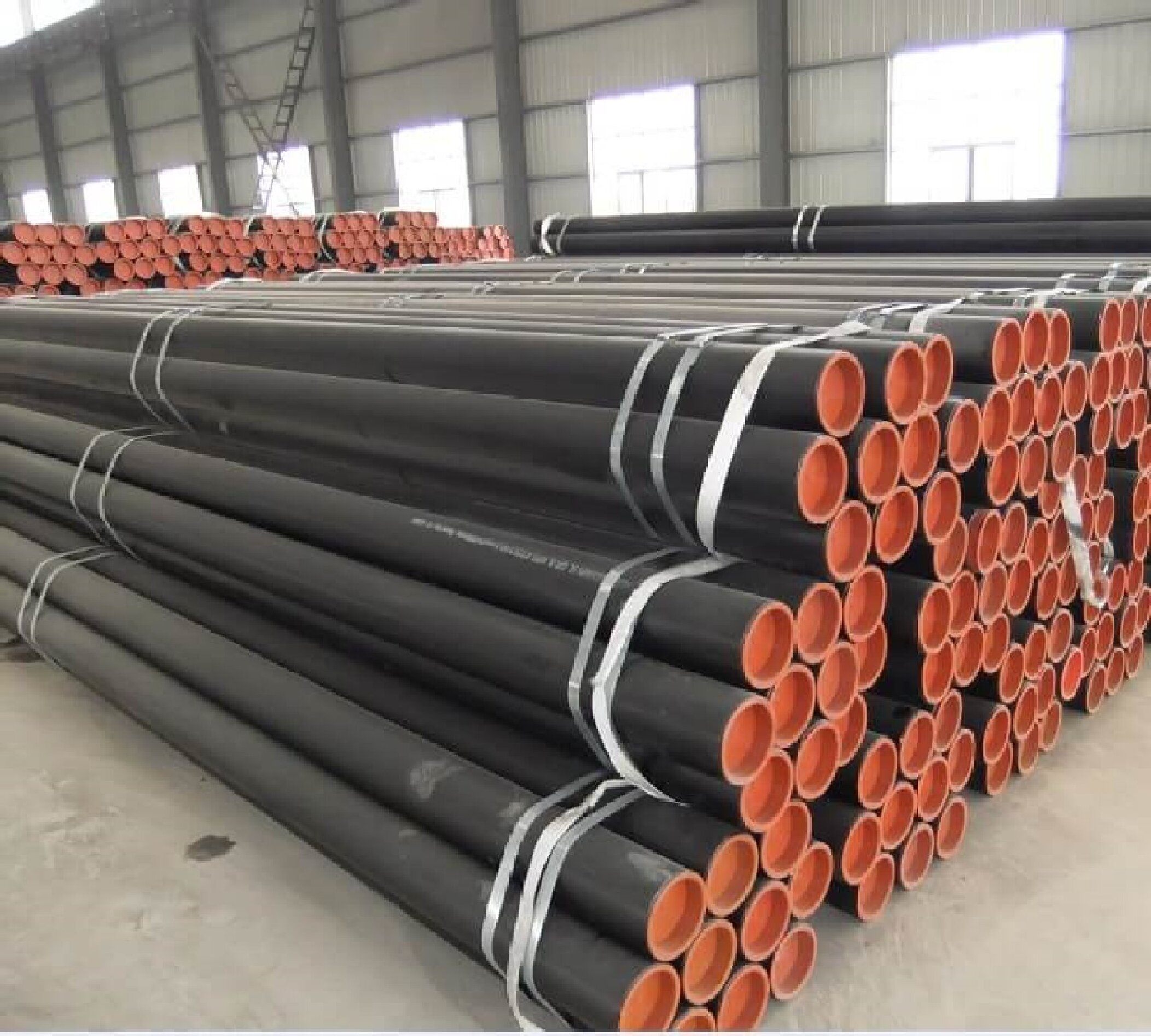-
Cangzhou Yulong Steel Co., Ltd.
-
Phone:
+86 13303177267 -
Email:
admin@ylsteelfittings.com
- English
- Arabic
- Italian
- Spanish
- Portuguese
- German
- kazakh
- Persian
- Greek
- French
- Russian
- Polish
- Thai
- Indonesian
- Vietnamese
- Zulu
- Korean
- Uzbek
- Hindi
- Serbian
- Malay
- Ukrainian
- Gujarati
- Haitian Creole
- hausa
- hawaiian
- Hebrew
- Miao
- Hungarian
- Icelandic
- igbo
- irish
- Japanese
- Javanese
- Kannada
- Khmer
- Rwandese
- Afrikaans
- Albanian
- Amharic
- Armenian
- Azerbaijani
- Basque
- Belarusian
- Bengali
- Bosnian
- Bulgarian
- Catalan
- Cebuano
- China
- China (Taiwan)
- Corsican
- Croatian
- Czech
- Danish
- Esperanto
- Estonian
- Finnish
- Frisian
- Galician
- Georgian
- Kurdish
- Kyrgyz
- Lao
- Latin
- Latvian
- Lithuanian
- Luxembourgish
- Macedonian
- Malgashi
- Malayalam
- Maltese
- Maori
- Marathi
- Mongolian
- Myanmar
- Nepali
- Norwegian
- Norwegian
- Occitan
- Pashto
- Dutch
- Punjabi
- Romanian
- Samoan
- Scottish Gaelic
- Sesotho
- Shona
- Sindhi
- Sinhala
- Slovak
- Slovenian
- Somali
- Sundanese
- Swahili
- Swedish
- Tagalog
- Tajik
- Tamil
- Tatar
- Telugu
- Turkish
- Turkmen
- Urdu
- Uighur
- Welsh
- Bantu
- Yiddish
- Yoruba

ធ្នូ . 21, 2024 00:00 Back to list
Exploring Various Types of Coupling in Systems and Their Implications for Performance
Understanding All Coupling Types in Mechanical Systems
In the realm of mechanical engineering, coupling plays a pivotal role in transmitting power between shafts. Coupling types not only determine the efficiency of power transfer but also affect the overall lifespan and functionality of machinery. In this article, we will explore the various coupling types, their applications, and their significance in mechanical systems.
1. Rigid Couplings
Rigid couplings are designed to connect two shafts without any relative movement between them. These couplings ensure that the shafts rotate together and are used in applications where alignment is critical. The significant advantage of rigid couplings is their ability to transmit torque efficiently without any energy loss. Common applications include gearboxes and motor-driven assemblies. However, they require precise alignment and can transmit vibration and shock loads if the shafts are misaligned.
2. Flexible Couplings
Flexible couplings allow for some degree of flexibility between the shafts they connect. This flexibility can absorb misalignment and reduce stress on the connected components. There are several subtypes of flexible couplings, including
- Elastomeric Couplings These couplings use an elastic element to accommodate misalignment and dampen vibrations. They are widely used in applications where shock absorption is necessary. - Gear Couplings They consist of two hubs with internal teeth and a flexible element connecting them. Gear couplings are capable of handling high torque and are commonly used in heavy machinery. - Sleeve Couplings These are simple cylindrical connectors that allow for axial movement. Sleeve couplings are easy to install and maintain, making them a popular choice in various applications.
all coupling types

Fluid couplings utilize hydraulic fluid to transmit power between two shafts. They can provide smooth engagement and disengagement, making them ideal for applications where speed control is required. Fluid couplings are commonly found in industries such as mining and construction, where large machinery operates under various load conditions. One of their key benefits is the ability to absorb shock loads, protecting both the driving and driven components.
4. Magnetic Couplings
Magnetic couplings offer a unique solution for transferring power without physical contact. Using magnetic fields, these couplings can efficiently transmit torque while allowing for some axial and radial misalignment. They are particularly useful in applications where leakage or contamination must be avoided, such as in pharmaceutical or food processing industries.
5. Universal Joints
Universal joints are a type of coupling that allows for the transmission of rotary motion between two shafts that are not in line with each other. They are widely used in automotive applications, such as drive shafts and steering systems, to accommodate changes in angle and movement. This capability makes them an essential component in systems requiring flexibility and adaptability.
Conclusion
Choosing the right coupling type is critical for the successful operation of mechanical systems. Each coupling type has its unique advantages and is suited for specific applications. Rigid couplings offer precision, while flexible couplings provide adaptability. Fluid couplings excel in shock absorption, magnetic couplings offer contamination-free power transfer, and universal joints accommodate angular misalignments. Understanding these coupling types and their specific uses ensures enhanced performance, reliability, and longevity of mechanical systems. As technology continues to evolve, so too will the innovations in coupling designs, further advancing their applications across various industries.
Latest news
-
ANSI 150P SS304 SO FLANGE
NewsFeb.14,2025
-
ASTM A333GR6 STEEL PIPE
NewsJan.20,2025
-
ANSI B16.5 WELDING NECK FLANGE
NewsJan.15,2026
-
ANSI B16.5 SLIP-ON FLANGE
NewsApr.19,2024
-
SABS 1123 FLANGE
NewsJan.15,2025
-
DIN86044 PLATE FLANGE
NewsApr.19,2024
-
DIN2527 BLIND FLANGE
NewsApr.12,2024
-
JIS B2311 Butt-Welding Fittings LR/SR 45°/90° /180°Seamless/Weld
NewsApr.23,2024











